Can we trust with our eyes closed the figures available to investors comparing the performance of active management vs ETFs? Do they reflect all the opportunities available on the market to build your portfolio and outperform? Everything you always wanted to know about what’s behind the numbers.
Misconceptions are to finance what false beliefs are to personal development. In psychology, they prevent you from reaching your maximum. In the active management vs. ETF debate, they are a hindrance to building optimal portfolios. Here are three, firmly anchored to this day:
1. All active funds that have been liquidated are funds that have underperformed ETFs
False: You don’t just close a fund because it’s not performing. There are many reasons why a fund can be liquidated: such as fund merger, share class consolidation, strategy overlap, lack of scale or even manager retirement.
2. The percentage of active managers outperforming ETFs between two fixed dates reflects all the outperforming opportunities available to investors over a period
False: All the active funds existing during the period must be taken into account and not only those still present between the 2 fixed dates. Indeed, because what about the performance of funds that were created during the period and to which investors had access to generate performance?
3. Over the past 10 years, 15% of active European equity funds have outperformed ETFs
False: It is not 15% but 44% of active European equity funds that outperform ETFs over their respective lifetime. The 15% figure used by the market is inaccurate. It does not take into account all of the funds present over the entire period: such as funds that have expired or new funds.
The difference also stems from a difference in methodology . It concerns not only the treatment of survivorship bias (i.e. how to take into account funds that no longer exist) but also the photo of the funds taken into account in the calculation.
Market methodology is based on:
- the assumption that the funds that no longer exist underperformed,
- a calculation only between two fixed dates and therefore ignoring what happens between the two.
The methodology adopted by the market is inaccurate because it is based on simplifications and errors. It is misleading as it could lead to wrong investment decision.
Let’s take an example from the universe of European equities1 to better understand
Out of 100 funds active at the start of a period, 40 funds survive over the entire period and 15 outperform ETFs between the start and end of the period. During the period, 114 new active funds are created. Studies published in the market (Morningstar and SPIVA) use the number of funds that outperformed among those that survived over the entire period (15). And they compare it to the total number of funds at the start of the period (100). The percentage of funds that outperformed is therefore: 15% (15/100). This does not take new funds into account. It also assumes that the 60 funds that no longer exist have underperformed.
This is incorrect. Indeed, over the entire period, it was not 100 funds but 214 that investors were able to access. Of the funds that disappeared over the period as a whole, 28 outperformed. And of the new funds created after the period began, 50 outperformed. So in total, it was not 15 but 93 funds (15 + 28 + 50) that outperformed ETFs, or 44% (93/214).
To calculate the percentage of active managers who outperform, the methodology chosen therefore makes a big difference
BSD Investing’s research takes into account the performance of all active funds and ETFs on the same indexation, which have existed over the entire period. And then we measure their performance against ETFs during their respective life time. This is the only way to get an exact picture of what really outperformed. And so, to build optimal portfolios.
What is the impact in terms of investment decisions?
It is not about taking sides with one or the other management styles. Now is the time to break down preconceptions by relying on comprehensive, reliable data. This gives an exact view of what really outperformed to make optimal investment decisions.
Our statistical analyzes based on fair data demonstrate the essential role for investors of both management styles. According to different market phases and different asset classes or investment strategies, investors should select the right management style.
We are convinced that investors must have access to comprehensive and reliable data to build optimal portfolios.
Marlene Hassine Konqui




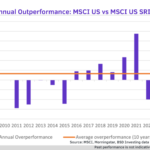


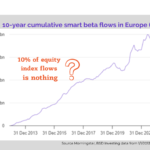

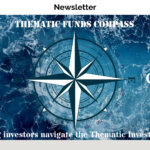
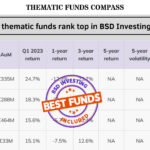
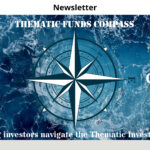

Leave a Reply
You must be logged in to post a comment.